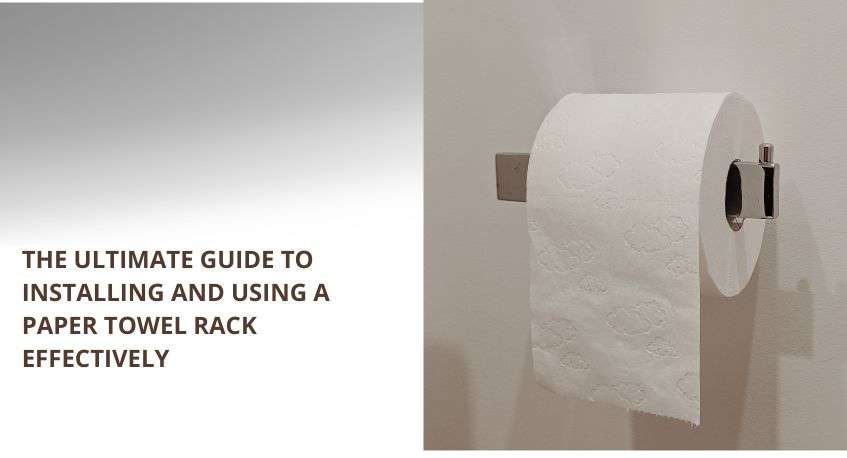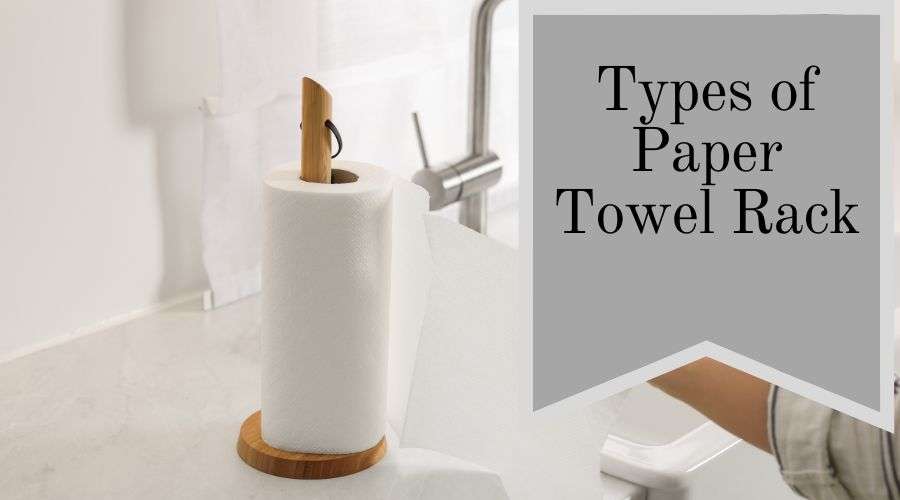
Blog

Aug 28,2024
Why Battery Springs Are Essential Components for Batteries
Battery springs are small yet crucial components found in many electronic devices, serving as the connectors between the batteries and the devices they power. Despite their seemingly simple design, battery springs play a vital role in ensuring reliable and safe operation of battery-powered electronics. Understanding their functions, materials, and impact on performance can help us appreciate why these springs are so essential.
Functions of Battery Springs
Battery springs have several important functions that make them indispensable in battery-powered devices:
Electrical Contact:
Battery springs create a secure electrical connection between the battery terminals and the device's circuit. This connection is crucial because it allows electricity to flow from the battery to the device, powering it up. Without a good connection, the device might not work properly or at all. Think of battery springs as bridges that help electricity travel smoothly from the battery to the device's parts.
Mechanical Support:
Besides conducting electricity, battery spring also provide mechanical stability. They hold the battery firmly in place, preventing it from moving or rattling inside the device. This is especially important in portable electronics, like flashlights or remote controls, where movement could disrupt the connection or damage the battery or the device’s internal components.
Vibration Dampening:
Another essential role of battery springs is to absorb shocks and vibrations. This feature is particularly beneficial in devices that experience frequent movement or jostling, such as portable speakers or handheld gadgets. By dampening these vibrations, battery springs help extend the lifespan of both the battery and the device, reducing wear and tear over time.
Safety:
Safety is a critical aspect of battery design, and battery springs contribute significantly to this. Properly designed springs ensure that batteries are securely held in place, reducing the risk of electrical shorts that could lead to overheating or even explosions. A stable connection also minimizes the chances of accidental disconnections, which can prevent sudden device shutdowns and enhance overall user safety.
Design and Materials
Battery springs are typically made from materials that are both conductive and durable. Common materials include:
Stainless Steel:
Known for its strength and resistance to corrosion, making it suitable for long-term use.
Phosphor Bronze:
Offers excellent electrical conductivity and is resistant to wear, which is ideal for maintaining a stable connection over time.
Nickel Alloys:
Known for good conductivity and resistance to oxidation, they are a popular choice for various electronic applications.
These materials are chosen because they offer a good balance of electrical conductivity, mechanical strength, and resistance to environmental factors like humidity and temperature changes.
Alro Read: A Complete Guide to Choosing the Right Battery Spring Material
Battery springs can be designed in various forms, including:
Coil Springs
Often used in devices where space allows for a longer, more flexible connection. These springs can compress or extend to accommodate slight variations in battery size.
Leaf Springs
Used when space is tight or when a more rigid connection is needed. Leaf springs provide a firm but less flexible connection compared to coil springs.
Each type of spring serves specific applications based on the pressure required and the device's space constraints.
Impact on Battery Performance
The design and tension of battery springs can greatly affect the performance of the batteries and the devices they power:
Consistent Electrical Flow:
Properly designed springs maintain consistent contact with the battery terminals, ensuring a stable flow of electricity. This reduces resistance and helps the device function efficiently. Poorly designed springs, on the other hand, might cause intermittent connections, leading to power fluctuations or device malfunctions.
Extended Battery Life:
By keeping the battery securely in place, springs help protect the battery from damage caused by movement or impact. This not only improves the battery’s performance but also extends its overall lifespan, saving users from frequent battery replacements.
Reduced Power Fluctuations:
A stable electrical connection provided by well-designed springs helps prevent power interruptions. This is particularly important in devices like medical equipment, where reliable power is critical for proper functioning. Even in everyday devices like flashlights or toys, reducing power fluctuations ensures smoother and more predictable operation.
Applications of Battery Springs
Battery springs are found in a wide range of devices across various industries. Their versatility and reliability make them a key component in many everyday and critical applications:
Consumer Electronics:
From remote controls and flashlights to toys and portable gadgets, battery springs are a common feature, ensuring these devices work when needed.
Medical Devices:
In medical equipment such as pacemakers or portable diagnostic tools, reliable battery springs ensure consistent performance, which can be a matter of life and death.
Automotive and Industrial Applications:
In car remotes, industrial tools, and other heavy-duty equipment, battery springs provide the durability and reliability needed for continuous operation.
Conclusion
Battery springs might seem like minor components, but their role in maintaining electrical contact, providing mechanical support, and enhancing safety and performance is critical. By ensuring stable connections and protecting against vibrations and shocks, battery springs help extend the life of both the batteries and the devices they power. Whether in simple gadgets like remote controls or complex medical devices, battery springs are truly essential components that keep our battery-powered world running smoothly.


